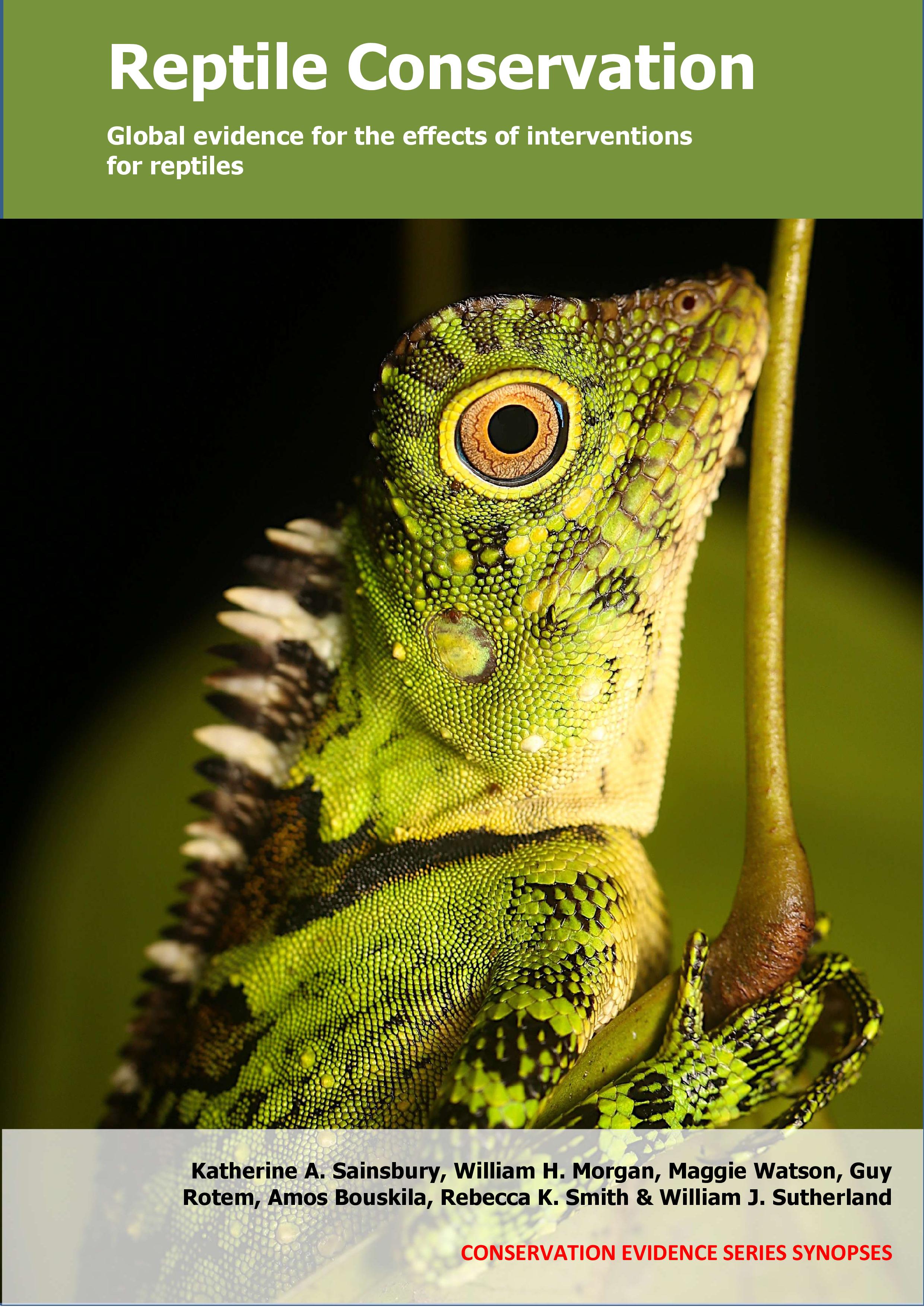Remove or control predators by relocating them
-
Overall effectiveness category Awaiting assessment
-
Number of studies: 2
View assessment score
Hide assessment score
How is the evidence assessed?
-
Effectiveness
not assessed -
Certainty
not assessed -
Harms
not assessed
Study locations
Supporting evidence from individual studies
A before-and-after study in 1978–1982 around ponds and sand dunes in Iowa, USA (Christiansen & Gallaway 1984) found that following removal of racoons Procyon lotor, the number of turtle hatchlings increased, and nest predation decreased for the first few years. Results were not tested statistically. Nest predation decreased for two years following racoon removal (before removal: 18 nests destroyed; after removal: 5 and 4 nests destroyed), but increased again 3–4 years after removal (21 and 28 nests destroyed). Abundance of hatchlings increased for three years (before removal: 15 hatchlings; after removal: 75, 80 and 74 hatchlings), but then decreased four years after removal (30 hatchlings). The most abundant turtle species was the yellow mud turtle Kinosternon flavescens (167 hatchlings seen in total). Raccoons were live trapped during 1979 and relocated to a site 24 km from the study site. Surveys for hatchlings and destroyed nests were conducted in 1978–1982. Turtle nesting areas were monitored twice/week and hatchling turtles were sampled using drift fences placed between ponds and known nesting areas 3–30 m from water and pitfalls.
Study and other actions testedA replicated, controlled study in 2002–2005 in a pine forest in Georgia, USA (Smith et al. 2013) found that removal of predators using relocations and lethal controls from fenced exclosures resulted in higher survival of gopher tortoise Gopherus polyphemus nests and hatchlings compared to areas with no fencing or predator removal. The effects of predator removal (both relocations and lethal controls) and fencing cannot be separated. Survival was higher inside fenced areas with predator removal compared to outside for both nests (Fenced: 52 of 78, 66% survived; Un-fenced: 26 of 73, 35%) and hatchlings (Fenced: 74% survived for 1 year; Un-fenced: 38%). In 2002–2003, four plots (40 ha) were randomly selected and enclosed in 1 m high mesh fence with electrical wires at the top and bottom. A further four plots were left un-fenced. In 2002–2003, all mammalian predators within the exclosures were live-trapped and removed, and in 2003–2005, further trapping of meso-predators was conducted. Predators that re-entered exclosures were euthanized. In May–June 2003–2005, all tortoise burrows were searched for nests, and all active nests were monitored 1–2 times/week up to 110 days. In 2004, forty hatchlings from 13 different nests were fitted with radio transmitters and monitored for up to a year.
Study and other actions tested
Where has this evidence come from?
List of journals searched by synopsis
All the journals searched for all synopses
This Action forms part of the Action Synopsis:
Reptile Conservation
Reptile Conservation - Published 2021
Reptile synopsis





)_2023.JPG)














